#eighteenth century
Text

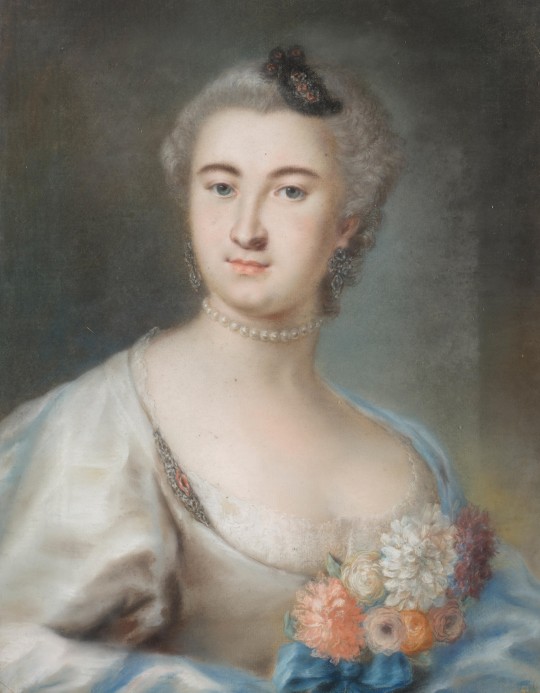
Marianna Carlevarijs (Italian, 1703-after 1750): Portrait of a gentleman, bust-length, traditionally identified as Claudio Giupponi, and Portrait of a lady, bust-length, traditionally identified as Antonia Girardi (1759) (via Dorotheum)
#Marianna Carlevarijs#for future reference#women artists#women painters#art#painting#eighteenth century#pastel drawing#portrait
16 notes
·
View notes
Text

Mahogany Bookcase In Gothic Style
#furniture#antique furniture#bookcase#mahogony#carving#england#18th century#eighteenth century#antique#ornate#decoration#gothic furniture#gothic#gothic aesthetic#goth#whimsigoth#whimsigothic#gothique#romantic goth#victorian gothic#dark gothic#1700s
231 notes
·
View notes
Text
SILK BROCADE ROBE A L'ANGLAISE, 1770-1790s
Augusta Auctions
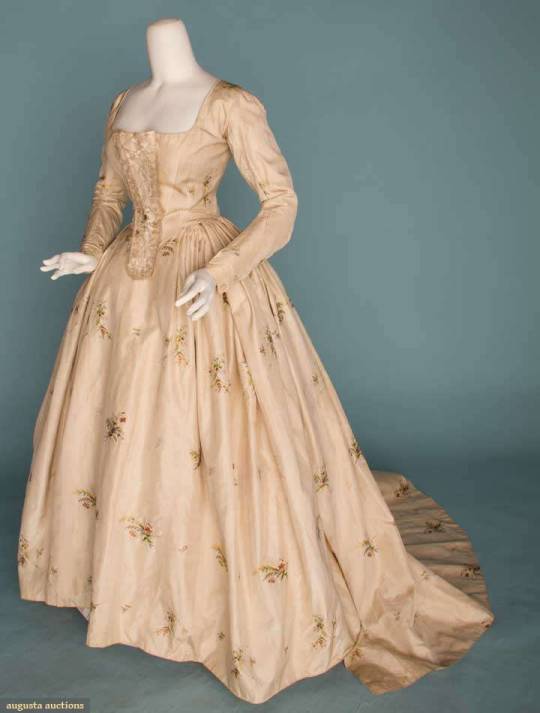



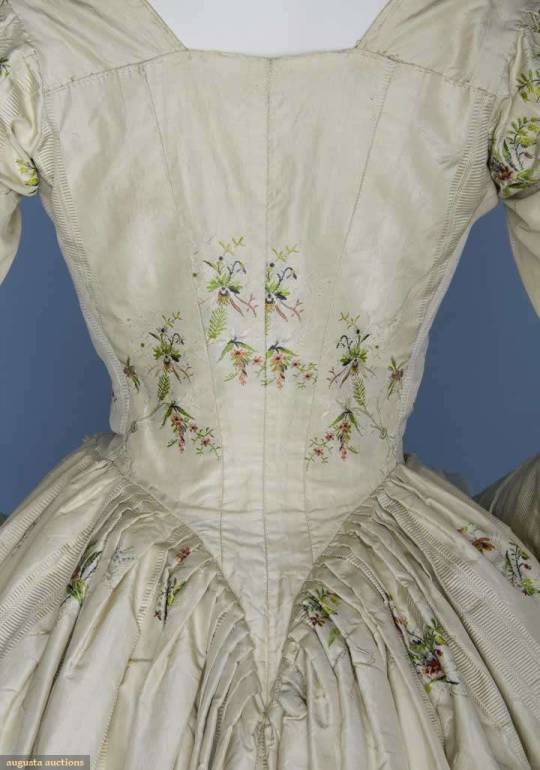
221 notes
·
View notes
Text
tasty little treat :3

#frev#french revolution#camille desmoulins#eighteenth century#why the fuck am i tagging this#anyways
31 notes
·
View notes
Text
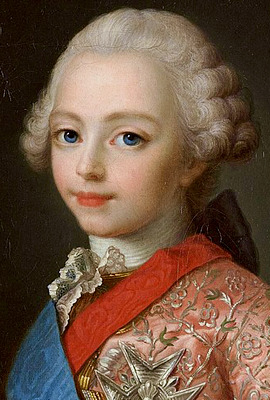

“It was, however, the death of the eldest boy, the Duc de Bourgogne, in 1761 that left the seven-year-old Louis Auguste with a permanent inferiority complex. His parents made no secret of their lamentations at the death of the favourite (whom Maria Josepha had called that special pet name, her chou d’amour). The man in charge of Louis Auguste, the Duc de Vauguyon…also took the opportunity to lecture him on his inadequacy for the role [of future king] once played by his incomparable brother.” • Antonia Fraser, Marie Antoinette: The Journey
“[O]n the eve of Easter 1761 Bourgogne died. For his parents and the King, who had thought very highly of him, it was a terrible blow. [Louis Auguste] was now a future King of France. But he had been brought up without the adulation usually given to future Kings. On the contrary, all through his formative years he had been put in the shade, treated as a foil for brilliant Bourgogne. As a result, he was that rare creature, a prince with a poor opinion of himself.” • Vincent Cronin, Louis and Antoinette
Portraits of Louis Joseph Xavier, Duc de Bourgogne (b. 1751) and his brother Louis Auguste, Duc de Berry, later Louis XVI (b. 1754) by Jean-Martial Frédou, 1760
#louis xvi#french history#eighteenth century#house of bourbon#this just makes me so sad :(#imagine forever being held up to the standard of your 'perfect' older brother...who died when he was like 10???#granted bourgogne's personality - as it was in childhood mind you - seems to have been a lot more suited for the role of king#but it's really hard to say how louis auguste might have been different if he had you know...been treated differently. nature vs. nurture.#he might well have still been introverted and introspective and quiet! sure! but insecure and uncomfortable with the expectations of him#perhaps not as much? we'll never know
48 notes
·
View notes
Text

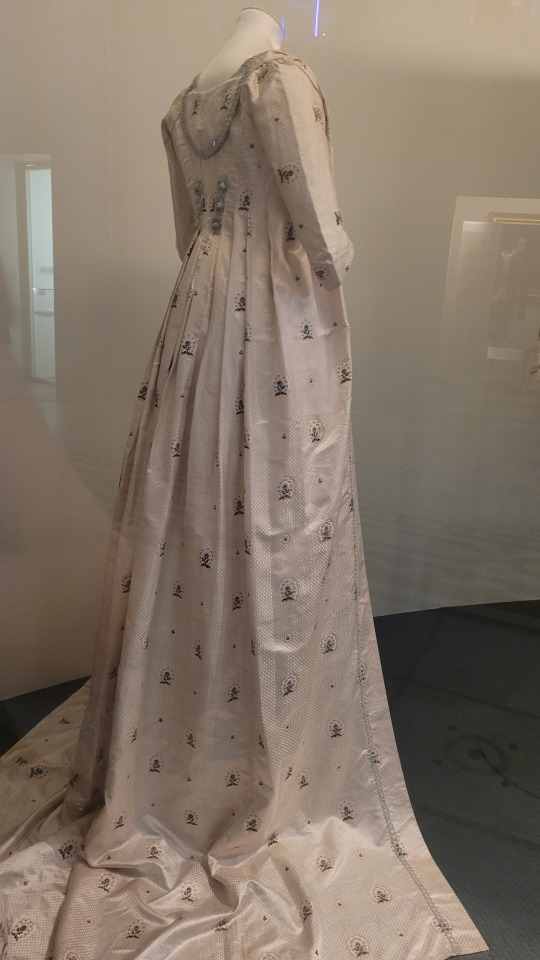
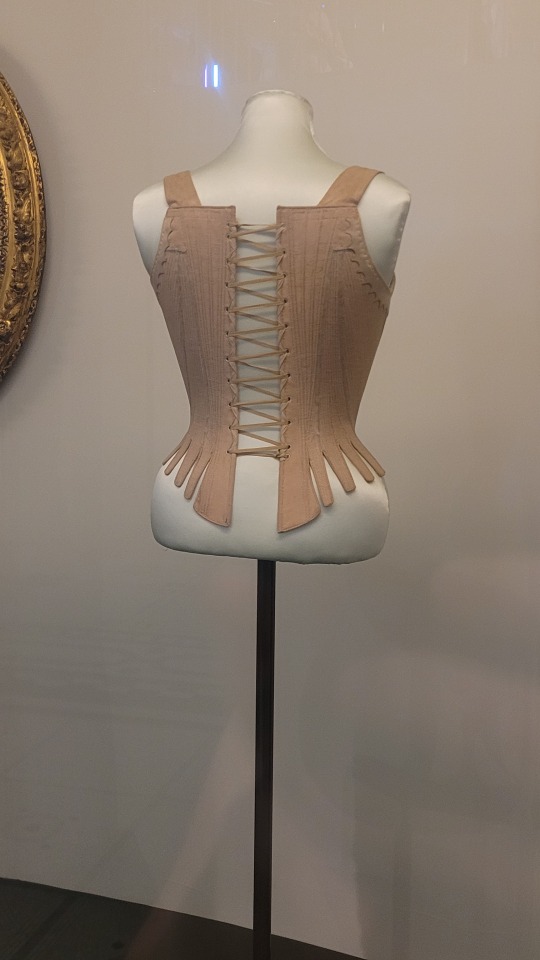



eighteenth century! Also a small collection but really nice
#dresses#fashion#clothes#historical fashion#historical clothing#eighteenth century#eighteenth century fashion#ignore me awkwardly photoshoping my reflection out of one pic
36 notes
·
View notes
Text

Still Life with Rabbit and Fowls

A piece of natura morta created by famous Italian painter Gabriele Salci (Rome, first half of the 18th c.) in 1719.
#༺☆༻ 𝕮𝔞𝔫𝔦𝔰 𝕸𝔞𝔧𝔬𝔯 ༺☆༻#༺⚚༻ 𝕲𝔞𝔩𝔩𝔢𝔯𝔦𝔞 ༺⚚༻#baroque art#italian art#Gabriele Salci#18th century#eighteenth century#tw animal death
32 notes
·
View notes
Photo

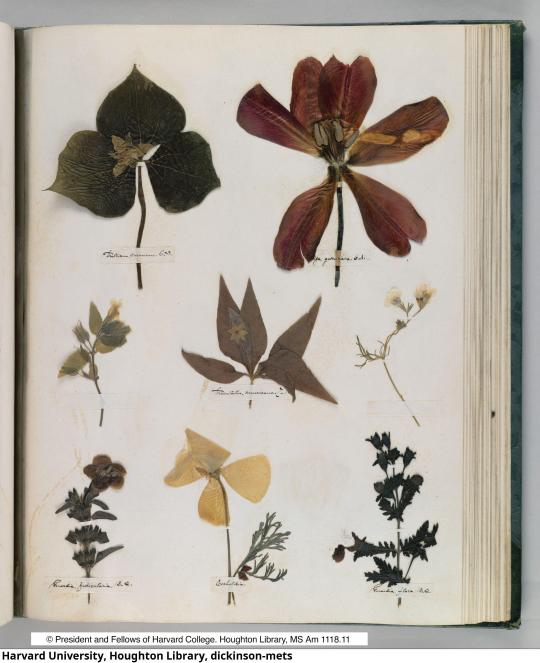
Emily Dickinson’s herbarium.
103 notes
·
View notes
Text
Recent historiography has placed particular emphasis on the social origins and influence of individuals who took opposing sides in debates on the abolition of the slave trade between 1787 and 1807. There is no doubt that family networks and connections influenced patterns of pro-slavery and abolitionist support. Despite this familial focus, comparatively little attention has been paid to the attitudes and interventions in the debate of King George III and his family. As early as 1808, Thomas Clarkson’s History of the Rise, Progress, and Accomplishment of the Abolition of the African Slave-Trade by the British Parliament recorded how Prince William Henry, duke of Clarence, and his younger cousin, Prince William Frederick, second duke of Gloucester and Edinburgh, held diametrically opposed views on the issue. Evidence that has recently come to light in the Royal Archives makes it possible to assess whether the divide between George III’s son and nephew points to a royal family riven by disagreement on the rights and wrongs of slavery. By broadening the canvas of study to include other royal dukes, this article contributes to a much fuller understanding of the family’s reaction to one of the most pressing moral and economic questions of the day. Their views were not just a matter of their own personal opinions; their interventions in debate affected (and on balance, impeded) the progress of abolition and had direct repercussions on the lives of hundreds of thousands of enslaved Africans.
#uni life#history student#to read later#king george iii#slavery#abolitionism#royal history#eighteenth century
18 notes
·
View notes
Text

Louise Elisabeth Vigée Le Brun (French, 1755-1842): Portrait of the Duchesse de Guiche, née Louise Françoise Gabrielle Aglaé de Polignac (1784) (via Sotheby’s)
#Louise Elisabeth Vigée Le Brun#Louise Elisabeth Vigee Le Brun#women artists#women painters#art#painting#eighteenth century#portrait#french painters#Duchesse de Guiche
162 notes
·
View notes
Text
Jane had what the critic Claire Harman calls a good ‘consumer’s understanding’ of the form in which she was to work. She was not alone in forming this new habit of voracious novel reading. In each decade from the 1760s to the 1790s the number of novels by women being published jumped by 50 per cent. It was widely believed to be a form in which female authors could excel. ‘The best novels’, wrote the actress, classy courtesan and feminist writer Mary Robinson, ‘have been produced by women.'
Lucy Worsley, Jane Austen at Home
5 notes
·
View notes
Text
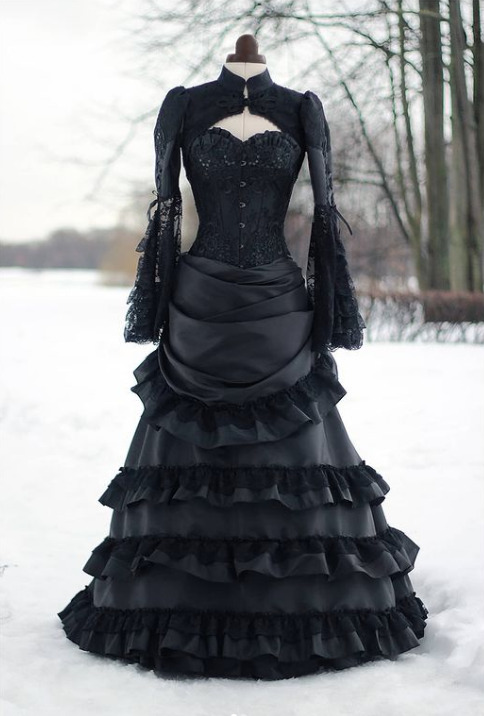
"I was lucky enough to have this dress sewn for @anarosapano
The composition of this dress:
Slimming corset on steel bones with removable straps, wide skirt, bolero, crinoline."
@_black_mart_ or Katherine Baumgertner
A gorgeous silhouette 💜
#victorian#blackmart#gothic#goth model#gothic fashion#victorian style#victorian fashion#18th century fashion#18thcenturysewing#eighteenth century#historicalreconstruction#costumedesigner#victorian goth#wavegotiktreffen#gothic style#katherine baumgertner#anarosapano
45 notes
·
View notes
Text

(1770)
Dress; Polonaise - Block printed and pencilled cotton. Stripes of small leaves alternating with single flowers on honeycomb background. Madder purple and red leaves and flowers and blue pencilling on yellow background. Blue threads. Bodice and part of the sleeves lined with bleached linen. Bodice edge to edge, front closing. Deep, wide neckline, lappets below waistline. Front joins back at side back seam. Fitted back - 4 panels tapering to low point. Sleeves 3 darts at head. Straight, narrow, shaped to curve round elbow with 3 darts at front. Skirt 3 widths closely knife-pleated to bodice from side front. Very full. 2 channels of cotton cord loops and cotton tapes inside for the polonaise. 2 pocket slits. Sleeve edge bound with green silk ribbon trimming. Evidence of pinning on bodice front. Line drawing with inventory card.
#fashion#historical#historical fashion#historical clothing#historical dress#history#long dress#1770s#1770s fashion#18th century#eighteenth century
21 notes
·
View notes
Text
Fitzjames' grandfather
Vice Admiral James Gambier (1723-1789)

Painting by John Singleton Copley, 1773. Museum of Fine Arts, Boston.
#james fitzjames#royal navy#naval history#maritime history#age of sail#john singleton copley#american painter#1770s#eighteenth century#naval uniform
45 notes
·
View notes
Text
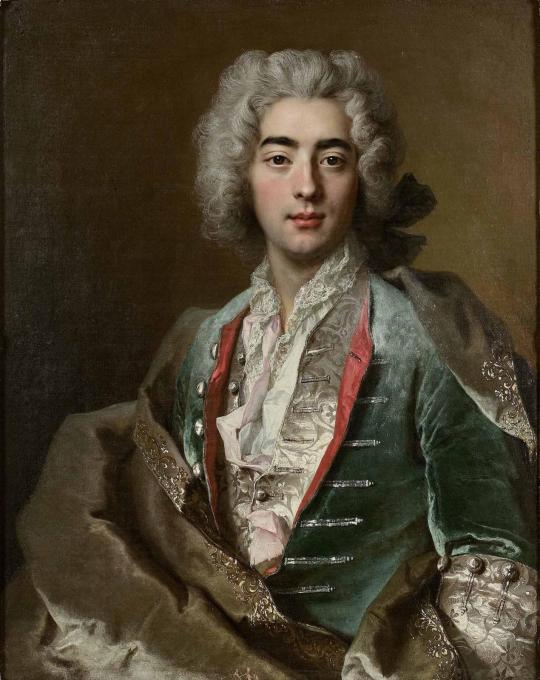
Nicolas de Largillière (1656-1746), Portrait présumé de Jean André Soubry (1703-1774)
(Presumed Portrait of Jean André Soubry (1703-1774)), ca. 1729, oil on canvas, 81 x 65 cm.
278 notes
·
View notes
Text
No paper archive of Letitia Powell's life survives. We can only speculate about where her letters and accounts might be; perhaps they are stashed in a descendant's attic, or maybe they were burnt into nothingness long ago. No words from her pen remain in the historical record. Her sixty years of life has been reduced to a series of birth, marriage and death announcements in newspapers and parish registers, a passing mention in a privately published family pedigree and the genealogical accounts of her [great-]grandson, Robert Baden-Powell (1857-1941), the founder of the Boy Scout Movement. Like Lewis, it is only through the success and fame of her male descendants that Powell's name has perpetuated in the historical record at all: as mother, grandmother and great-grandmother. Her identity beyond her maternal function is absent. Her dolls, however, proffer an opportunity to rescue her from this historical oblivion. Like many eighteenth-century women, her material remnants are clearer, stronger and more forthright than any of the written words which sparsely tell her tale.
From chapter five of Material Lives: Women Makers and Consumer Culture in the 18th Century, by Serena Dyer
36 notes
·
View notes